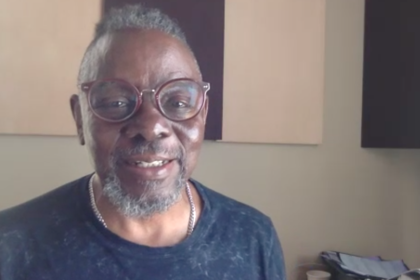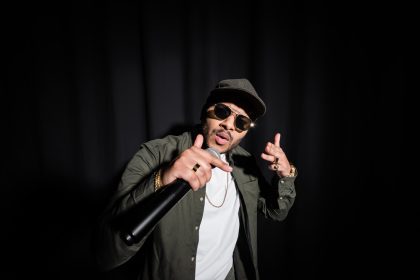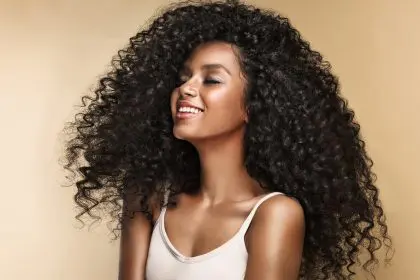For some time MartinTaylor struggled internally with his “comfort zone” as an artist, meaning the types of mediums he used to convey his expression. Then, while working at the DuSable Museum of African American History he happened upon some uncataloged work by a little-known African American political cartoonist, (the first in the nation) named Henry Jackson Lewis. Lewis’ work inspired Taylor and new ideas started to click. Now Taylor has a newfound confidence in some of his artistic experiments.
How much is known about Henry Jackson Lewis?
My initial knowledge of Lewis came from the expert, Marvin Jeter, who has been working on a biography of Lewis since the 1990s. He figured out that Lewis was born a slave somewhere in Mississippi somewhere between 1838 and 1852 but there was very little detail about his life prior to the early 1880s when drawings based on his sketches appeared in Frank Leslie’s Illustrated Newspaper and Harper’s Weekly. I’m curating a 2015 exhibition of 47 of Lewis’ original drawings held by the DuSable Museum. … Most of these were unpublished but done while Lewis worked for a black-owned and operated newspaper called The Freeman from Indianapolis. Lewis’ life and art are important because he represents one of the first artists to use art as a tool of resistance to all the negative images of blacks in the media during that era.
How has Lewis’ work affected your work?
I cut my 10-year old locks back in June of 2000 and saved them in hopes of making a work of art out of them one day. Twelve years later I found Lewis’ drawing titled Our Women. It looks to me as though Lewis built the word’ “Our” out of kinky hair from which curly-to-straight stray hairs stick out like tentacles from a vine. Lewis also adorned his word with rosettes and leaves to which a butterfly and a hummingbird were attracted. This inspired me to make a sturdy, flower-strewn word of my own. I took my locks and saturated them in a cocktail of acrylic mediums and pigments, then formed the word “Art” using Indiana bald cypress twigs, baseball stitching, acrylic-soaked money, silk flowers, and dried flowers.
Have you found your comfort zone?
I found my comfort zone while working on my latest piece of outdoor sculpture that, in 2015, will be permanently placed outdoors at the University of Chicago Laboratory School’s campus. To date it is my largest, most labor-intensive sculpture. It challenged me, but in the end it is my masterpiece because line, plane, and form work in perfect harmony with the 30 human faces I incorporated into the piece that is about the importance of collaboration. To me, all works of art are collaborations.











